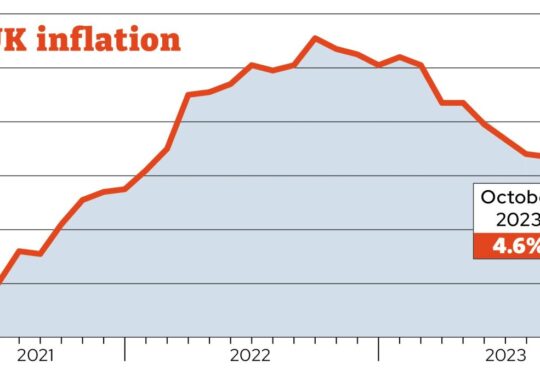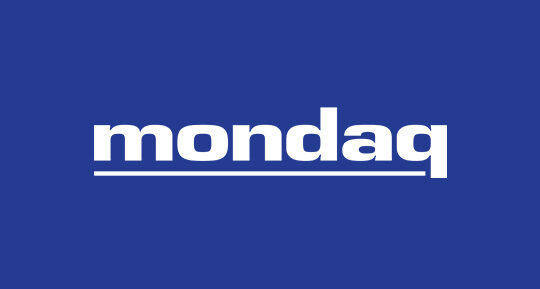
A total bond market index fund can provide income and ballast during market downturns.
The “total” moniker for the latter describes the high degree of diversification and bond market coverage these funds provide. A total bond market index fund usually includes government Treasury, agency bonds, mortgage-backed securities and investment-grade corporate bonds of all maturities.
To accomplish this, the fund will often track the performance of a benchmark bond index, commonly the Bloomberg US Aggregate Bond Index, or Agg for short. Fund managers will use either a full replication strategy or sampling technique by purchasing all or most of the bonds held in the index.
“Total bond market index funds tend to have low expense ratios, no front or back-end load costs, no 12b-1 marketing fees, no transaction charges or commissions, low tracking errors relative to their benchmark and consistent inflows, which can reduce portfolio turnover,” says Michael Ashley Schulman, partner and chief investment officer at Running Point Capital Advisors.
To identify the best total bond index funds currently on the market, we applied a strict set of criteria in our ranking methodology. We assessed the fund’s benchmark index, level of diversification, net expense ratio and assets under management (AUM), among other factors.
Best total bond market index funds for 2023
Compare the best bond market index funds
Why other funds didn’t make the cut
Given the funds we evaluated tracked the same benchmark index — the Bloomberg U.S. Aggregate Bond Index — the funds on this list were chosen primarily based on fees, with lower fees being better.
All else being equal, two funds tracking an identical index will differ in returns based on their expense ratios. As with returns, the deleterious effects of high expense ratios can compound over time and cause a bond fund to lag its index.
Total bond market funds with high expense ratios, 12b-1 fees or sales loads were excluded from this ranking. Given the lower return of bonds, it is all the more important to minimize fees and keep more money compounding rather than being paid out to a manager.
We also excluded institutional-grade funds for professional investors like family offices and pension funds. These funds often require a sizable minimum investment, which makes them inaccessible to most retail investors.
We omitted funds that did not represent the total bond market. For instance, funds that tracked a government or corporate-only bond index or a short-term or long-term-only bond index were excluded. While these funds can have uses for investors with specific objectives and risk tolerances, they don’t offer the broadest level of diversification. In contrast, a total bond fund encompasses most bond issuers, maturities and credit qualities.
Finally, we excluded total bond funds that hold international bonds. While investors can use these funds for diversification, this list focuses on total bond funds for the U.S. market.
Methodology
Our curated rankings of the top bond index funds were created by screening funds for several must-have metrics:
AUM: Each bond fund on this list must have accrued an AUM of at least $1 billion. A high AUM indicates sufficient investor interest and trust in a fund, which measures fund stability and longevity. Funds with a low AUM run the risk of shutting down.
Expense ratio: Each bond fund screened has a net expense ratio under 0.4%. Keeping expense ratios low helps boost long-term performance and minimize how much a fund lags its benchmark.
Benchmark: All the bond funds ranked track the Bloomberg U.S. Aggregate Bond Index or a variant. This index provides the most recognized exposure to a wide swathe of the U.S. bond market in terms of issuer, credit quality and maturity.
Minimum investment: All the funds evaluated had a minimum required investment of $3,000 or less. The lower the minimum investment requirement, the more accessible a bond fund is for retail investors.
An experienced fund analyst selected the funds above, but they may not be right for your portfolio. Before purchasing any of these funds, do plenty of research to ensure they align with your financial goals and risk tolerance.
Final verdict
For investors looking to incorporate a fixed-income allocation in their portfolios, total bond market index funds offer a one-stop shop for a good core foundation. From there, investors can add bond funds that have different issuers, credit qualities and durations to mix and match based on their investment objectives and risk tolerance.
Our pick for the best total bond index fund is the Fidelity U.S. Bond Index Fund (FXNAX), owing to its competitive fees and investor-accessible features. With a 0.025% expense ratio, no minimum investment requirements, transaction fees, sales loads or 12b-1 fees, this fund is hard to beat in terms of sheer value and versatility.
Frequently asked questions (FAQs)
Total bond market index funds do not “mature” in the same way that individual bonds do. While individual bonds make semiannual interest payments until maturity when the principal investment is returned to the bondholder, total bond market index funds work differently.
These funds hold a diversified portfolio of many bonds, with varying credit qualities and staggered maturity dates. As individual bonds in the portfolio mature, the fund manager will sell them and buy new ones to maintain the same, constant target maturity and duration as the underlying index.
Sources of profit from a bond index fund can come in two forms: interest income and capital appreciation. The portfolio of bonds in a bond index fund all pay interest, which is usually accrued and distributed to investors every month.
Once received, investors can withdraw this income or reinvest it. The price of the underlying bonds can also increase due to factors that are bullish for bond markets, such as improvements in credit conditions or falling interest rates.
Despite their popularity, total bond index funds have some disadvantages that may make them unsuitable for some investors. Bond index funds do not mature like individual bond issues, which can result in greater interest rate risk.
Total bond index funds also hold a variety of different credit qualities and maturities. This can be too broad for investors looking for focused exposure to specific types of bonds like long-term Treasurys or short-term corporate bonds.
Also, total bond index funds can exclude niche bonds like Treasury-Inflation Protected Securities, tax-exempt municipal bonds and high-yield, noninvestment grade junk bonds.






